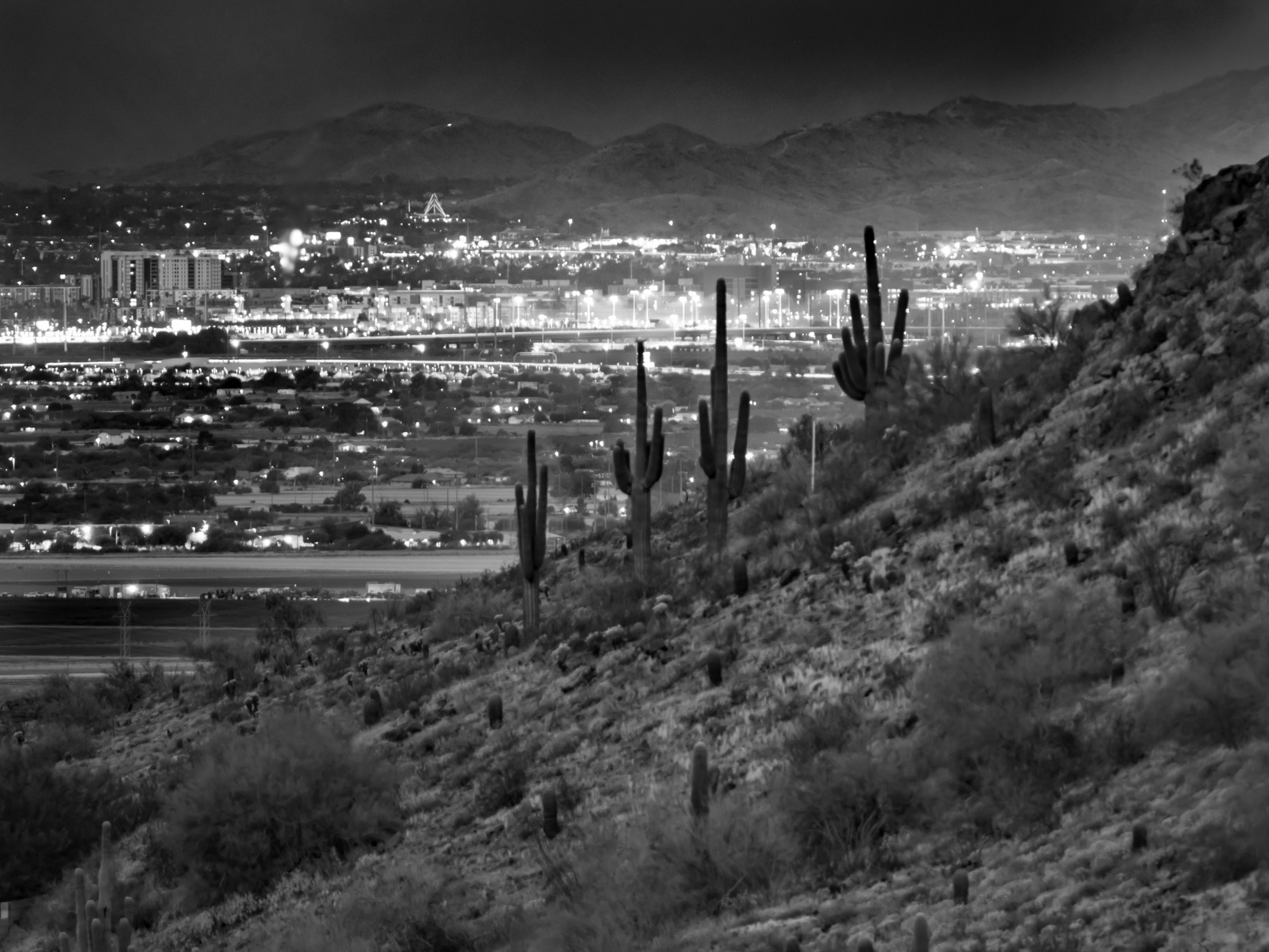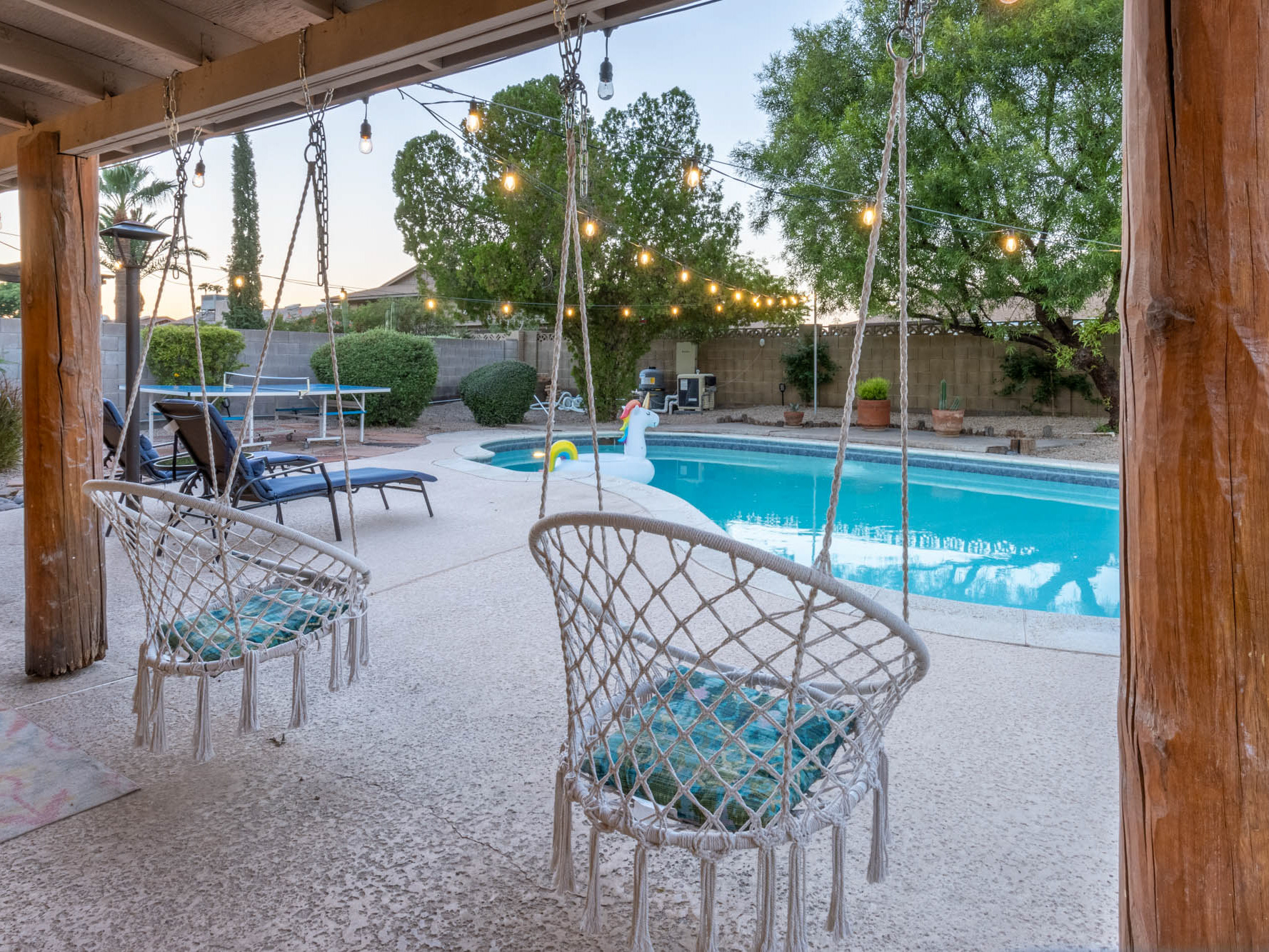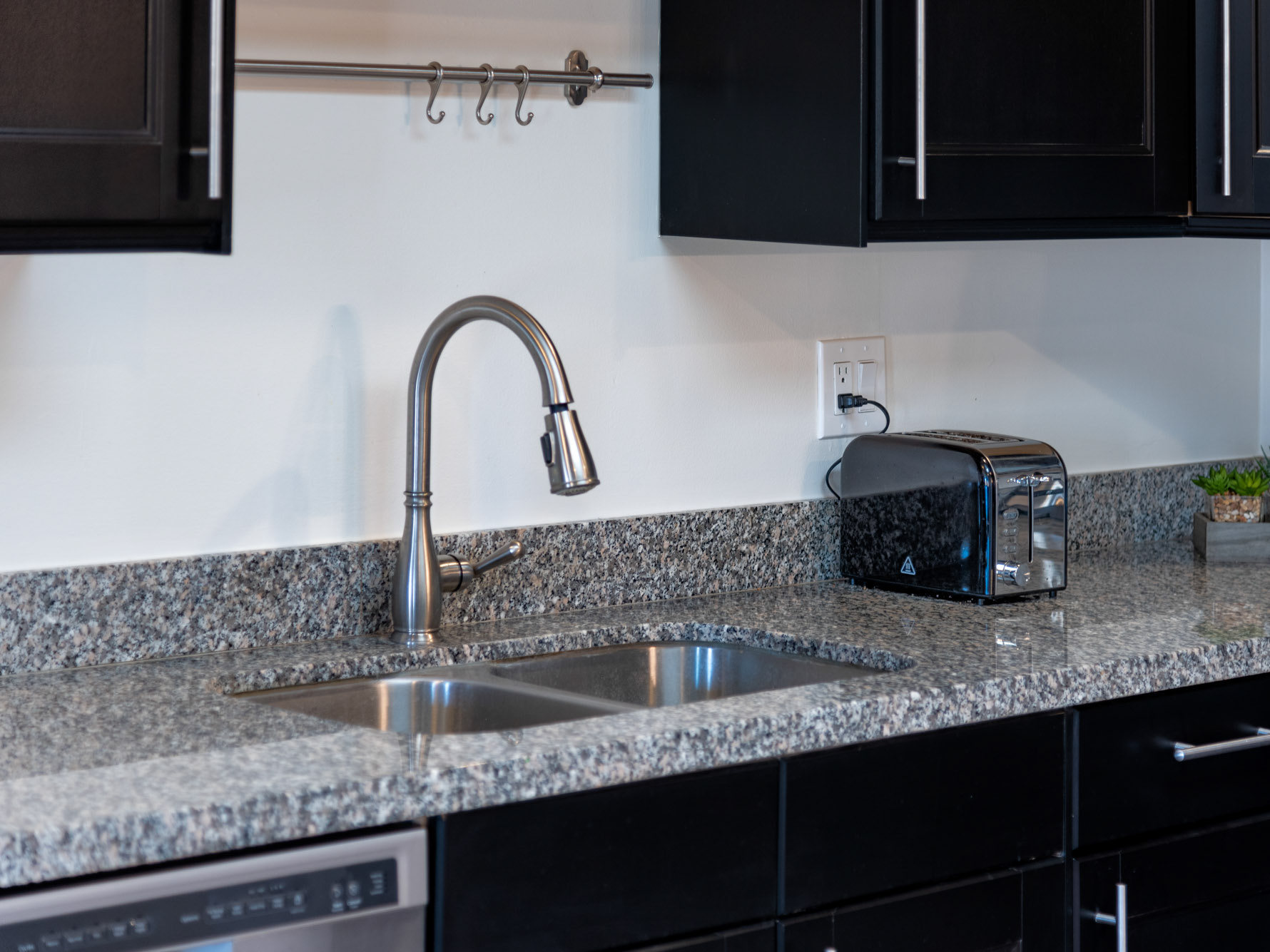By Hernan Mendez
Twilight photography has become an increasingly popular method for showcasing real estate properties. By capturing images during the brief window of time just after sunset or before sunrise, photographers can create stunning, dramatic photos that highlight a property's features and evoke a sense of warmth and luxury. In this comprehensive guide, we will delve into the art of twilight real estate photography, discussing essential techniques, equipment, and tips to help you master this sought-after skill.
Delving into the World of Twilight Photography
Before exploring specific techniques and tips, it's crucial to comprehend the distinctive features of twilight photography and the reasons behind its soaring popularity in the real estate industry.
The Magic Hour
Twilight, also known as the "magic hour" or "blue hour," refers to the short period just after sunset or before sunrise when the sky is bathed in a gentle, diffused light. This exceptional lighting condition produces a tranquil, almost ethereal ambiance that can transform an ordinary property image into a captivating masterpiece.
Advantages of Twilight Photography in Real Estate
Twilight photography offers a multitude of benefits for real estate marketing. Some of the key advantages include the following:
Enhanced Curb Appeal
The warm, glowing lights of a property set against a deep blue sky create an alluring and inviting atmosphere that can make a property stand out and grab the attention of potential buyers. Twilight photography accentuates the architectural features and landscaping, resulting in images that highlight a property's curb appeal.
Dramatic, High-End Look
Twilight photos often exude a more luxurious and dramatic appearance than traditional daylight images. This gives the property a high-end, exclusive feel, which can appeal to discerning buyers and help elevate the perceived value of the property.
Better Online Visibility
In the age of digital marketing, standing out in online listings is crucial to capturing potential buyers' interest. Twilight images are more likely to grab attention in online listings, as they offer a unique, eye-catching visual that sets them apart from other properties. The striking appearance of twilight photography can significantly increase click-through rates, leading to more inquiries and, ultimately, more potential sales.
Emotional Connection
Twilight photography helps evoke an emotional connection between potential buyers and the property. The serene atmosphere and soft lighting conditions create a sense of warmth, comfort, and relaxation, making it easier for viewers to envision themselves living in the space.
By understanding the unique characteristics of twilight photography and its advantages in real estate marketing, you can leverage this powerful tool to capture stunning images that make a lasting impression on potential buyers.
Essential Equipment for Twilight Photography
To capture stunning twilight real estate photos, having the right equipment on hand is crucial. Here are some essential tools and gear to consider:
Camera
A DSLR or mirrorless camera with manual controls is essential for twilight photography, as it allows you to adjust settings like aperture, shutter speed, and ISO to capture the perfect exposure. A full-frame camera with a high dynamic range is particularly beneficial, as it can capture more detail in the shadows and highlights.
Wide-angle lens
A wide-angle lens (ideally between 16mm and 35mm) is crucial for capturing wide exterior shots and tight interior spaces. Look for a lens with a fast maximum aperture (such as f/2.8) to allow more light into the camera and reduce the need for high ISO settings, which can introduce noise into your images.
Tripod
A sturdy tripod is essential for stabilizing your camera during long exposures, ensuring sharp images and precise compositions. Choose a tripod with a robust and stable base and easy-to-adjust controls for smooth, efficient operation.
Remote shutter release
A remote shutter release allows you to trigger the camera without touching it, reducing the risk of camera shake and blurred images. This is particularly important for long exposures, which are common in twilight photography.
Flash and light modifiers
While the ambient light of twilight can create beautiful images, you may also need to introduce artificial light to illuminate dark areas, balance interior and exterior exposures, or add creative effects. A powerful off-camera flash (such as a Speedlight or strobe) and light modifiers (like umbrellas, softboxes, or grids) can help you shape and control light to achieve the desired look.
Preparing for a Twilight Real Estate Shoot
Before heading out for a twilight real estate shoot, it's essential to plan and prepare to make the most of the limited window of optimal light. Here are some steps to consider:
Scout the location
Visit the property
During daylight hours to, assess its features, layout, and surrounding environment. This will help you figure out the best angles and compositions to showcase the property and plan any additional lighting requirements. Take note of the direction of the sunset and sunrise, as this will influence the quality and direction of light during the shoot.
Schedule the shoot
Timing is crucial in twilight photography, as the optimal light conditions last for only a brief period. Plan the shoot around the sunset or sunrise, giving yourself ample time to set up your equipment and capture multiple exposures as the light changes. Use apps or online tools to determine the precise time of sunset or sunrise and adjust your schedule accordingly.
Prepare the property
Ensure the property is clean, tidy, and well-presented before the shoot. Turn on all interior and exterior lights, including lamps, accent lighting, and landscape lighting, to create a warm, inviting glow. If necessary, replace any burned-out bulbs or install additional lighting to enhance the property's features.
Check your gear
Before heading to the shoot, double-check that all your equipment is in good working order and that you have spare batteries, memory cards, and any necessary accessories.
Camera Settings and Techniques for Twilight Photography
To capture stunning twilight images, it's essential to understand and utilize optimal camera settings and techniques. Here are some recommendations:
Shoot in RAW format
Shooting in RAW format provides maximum flexibility in post-processing, allowing you to adjust exposure, white balance, and other parameters without sacrificing image quality.
Use manual or aperture priority mode.
To have complete control over your camera settings, shoot in manual mode. This allows you to adjust the aperture, shutter speed, and ISO independently, ensuring the best possible exposure for each image. Alternatively, you can use aperture priority mode (Av), which lets you set the desired aperture (typically between f/7.1 and f/11 for real estate photography). At the same time, the camera chooses the appropriate shutter speed for proper exposure.
Enable exposure bracketing
Capturing a wide dynamic range and ensuring proper exposure in challenging lighting situations can be achieved using your camera's auto exposure bracketing (AEB) function. This feature takes multiple shots at different exposure levels, allowing you to merge them in post-processing to create a balanced final image.
Use a low ISO setting.
Keep the ISO as low as possible to minimize noise and maintain image quality (typically between 100 and 400).
Utilize a wide depth of field.
To ensure that the entire property is in focus, use a narrow aperture (higher f-stop) to create a wide depth of field.
Use a longer shutter speed.
As the light levels decrease during twilight, you'll need to use longer shutter speeds to capture enough light for proper exposure. This is where a sturdy tripod and remote shutter release become essential to avoid camera shake and ensure sharp images.
Twilight Photography Composition Tips
The composition is critical for creating visually appealing and impactful twilight real estate images. Here are some tips for framing and composing your shots:
Use leading lines
Leading lines can draw the viewer's eye through the image and guide them toward the property. Look for natural lines created by fences, walkways, or architectural features, and position your camera to emphasize these elements.
Balance the image
Ensure that the composition is balanced by considering the placement of the property, foreground elements, and the sky. Avoid placing the property directly in the center of the frame; instead, use the rule of thirds to position it off-center for a more dynamic composition.
Capture a sense of depth.
To create a sense of depth in your images, include foreground, mid-ground, and
background elements. This can help establish context and make the property feel more inviting.
5.4 Look for unique angles
Explore different perspectives and angles to find the most visually appealing and flattering property view. Experiment with shooting from a low or high angle, or finding a unique vantage point that highlights the property's distinctive features.
Utilize reflections
Twilight is an excellent time to capture reflections in windows, water features, or other reflective surfaces. This can add depth, symmetry, and visual interest to your images.
5.6 Pay attention to the sky
The sky plays a significant role in twilight photography, as it provides a dramatic backdrop for the property. Look for exciting cloud formations or colors that complement the property and enhance the overall atmosphere of the image.
Post-Processing Techniques for Twilight Photography
Post-processing is a crucial step in creating professional-quality twilight real estate images. Here are some essential techniques to consider when editing your photos:
Exposure blending
If you captured bracketed exposures during the shoot, use exposure blending techniques in software like Adobe Photoshop or Lightroom to merge the images into a single, well-balanced final image. This can help retain detail in the shadows and highlights while maintaining a natural look.
White balance adjustments
Twilight images often feature a mix of natural and artificial light sources, which can result in color casts or inconsistent white balance. Use your editing software's white balance tools to correct color imbalances and achieve a natural, consistent look across your images.
Noise reduction
Long exposures and higher ISO settings can introduce noise into your twilight images. Apply noise reduction techniques in your editing software to minimize this effect and maintain image quality.
Contrast and saturation adjustments
To emphasize the rich colors and dramatic lighting of twilight, consider making subtle adjustments to the contrast and saturation of your images. Be careful to make these adjustments sparingly, which can result in an unnatural, over-processed look.
Sharpening
To ensure your images appear crisp and sharp, apply sharpening techniques in your editing software. This can help emphasize details and enhance the overall impact of your twilight images.
Lens correction
Wide-angle lenses can sometimes introduce distortion or chromatic aberration into your images. Use your editing software's lens correction tools to minimize these effects and ensure a clean, professional look.
In conclusion, mastering the art of twilight real estate photography requires understanding the unique characteristics and challenges of this type of photography. By investing in the right equipment, developing essential techniques, and honing your post-processing skills, you can create breathtaking images that showcase properties in their best light. Please build a diverse and impressive portfolio to show your expertise and market your services effectively. With dedication, practice, and a keen eye for detail, you can set yourself apart in the competitive world of real estate photography and help your clients achieve outstanding results.







